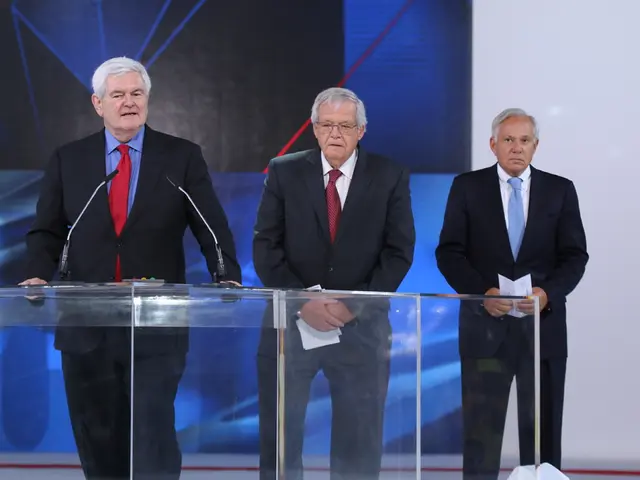Businesses in Germany are showing signs of caution when it comes to hiring, with a higher number planning to downsize their workforce compared to hiring new employees, according to observations from the Ifo Institute. This trend is prominent in the industrial and retail sectors, leading to a three-month consecutive drop in the Ifo Employment Barometer, now standing at 94.8 points, down from 95.3 points in July.
Klaus Wohlrabe, survey director at Ifo Institute, attributes this trend to the current economic sluggishness, suggesting a weak employment outlook. The lack of orders seems to be causing businesses to pause before expanding their workforce.
The Ifo Institute surveys around 9,500 companies monthly to gather insights about their planned workforce adjustments over the next three months. The Employment Barometer is a crucial indicator for forecasting trends in the German job market.
The barometer reveals a more pronounced slide into negative territory in the industrial sector, as more companies consider layoffs. Retail businesses are also struggling, with consumers shying away from physical stores. Despite the challenging circumstances, the construction sector is determined to maintain its workforce. Positive trends are beginning to emerge among service providers, particularly in the IT sector and tourism industry.
Given the economic uncertainty and decreased orders, industries like the industrial and retail sectors in Germany are contemplating downsizing their workforce rather than engaging in new manufacturing activities. This could potentially lead to a decrease in demand for labor in the manufacturing sector.
Additional Insights:
- High labor costs, driven by persistent labor shortages and rising wages, make it difficult for companies in labor-intensive and price-sensitive sectors to remain competitive.
- Germany's aging population is resulting in a shrinking workforce, with older workers having lower labor-force participation rates and working fewer hours.
- High energy prices, notably for electricity and gas, are posing a challenge to energy-intensive industries, making operations expensive.
- Regulatory burdens and uncertainty around economic policy are hindering investments and growth.
- The shift from industrial to service-oriented sectors is a global trend, but Germany has been slow to adapt, lagging behind its peers in high-tech and service-oriented sectors.
- Supply chain disruptions and geopolitical tensions are impacting industries like automobiles and machinery, further affecting industrial production.
- Delayed reforms and unclear strategies are causing confusion among businesses and financial players, potentially dampening private investment and hindering the country's ability to adapt to new economic realities.








